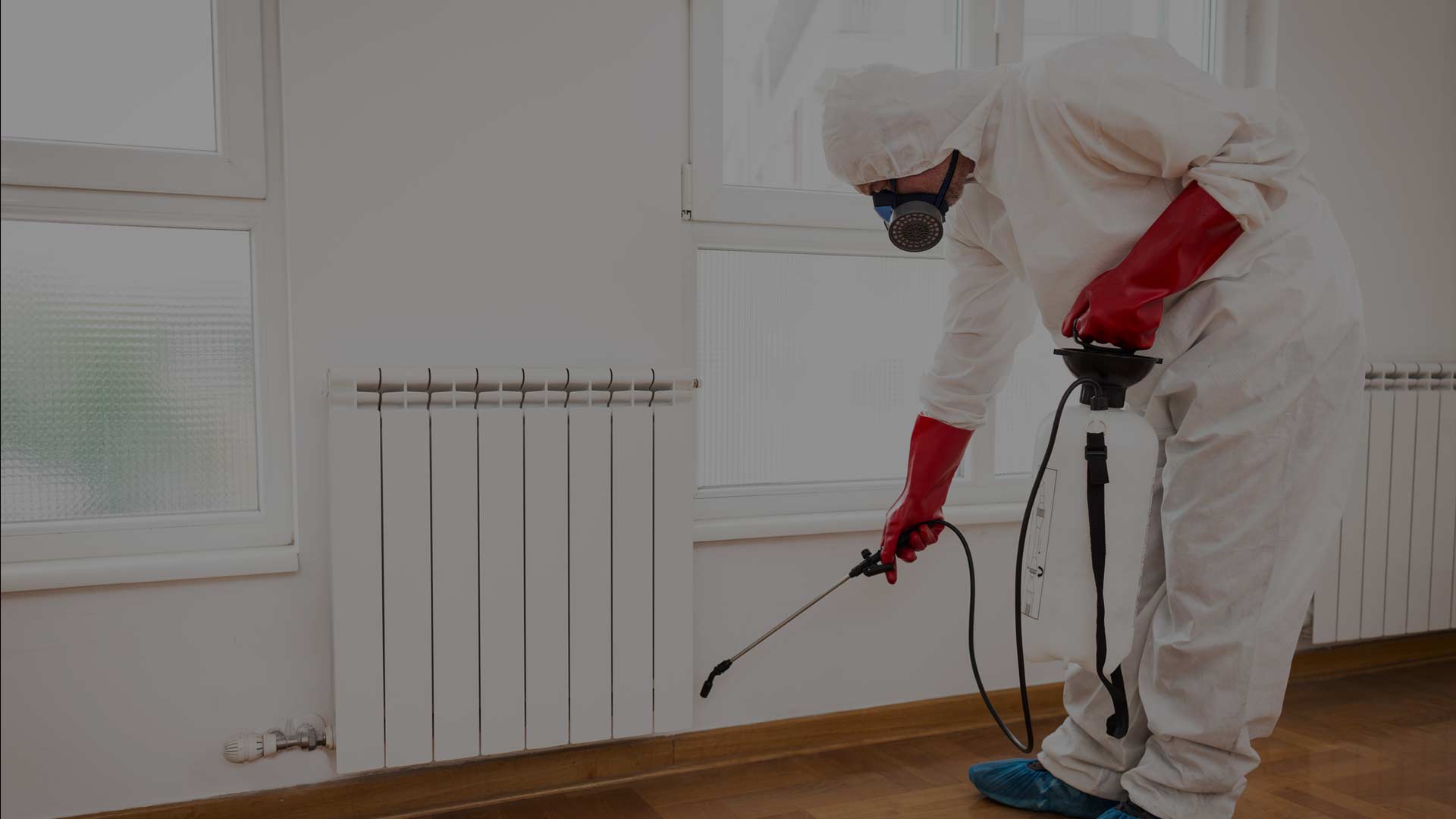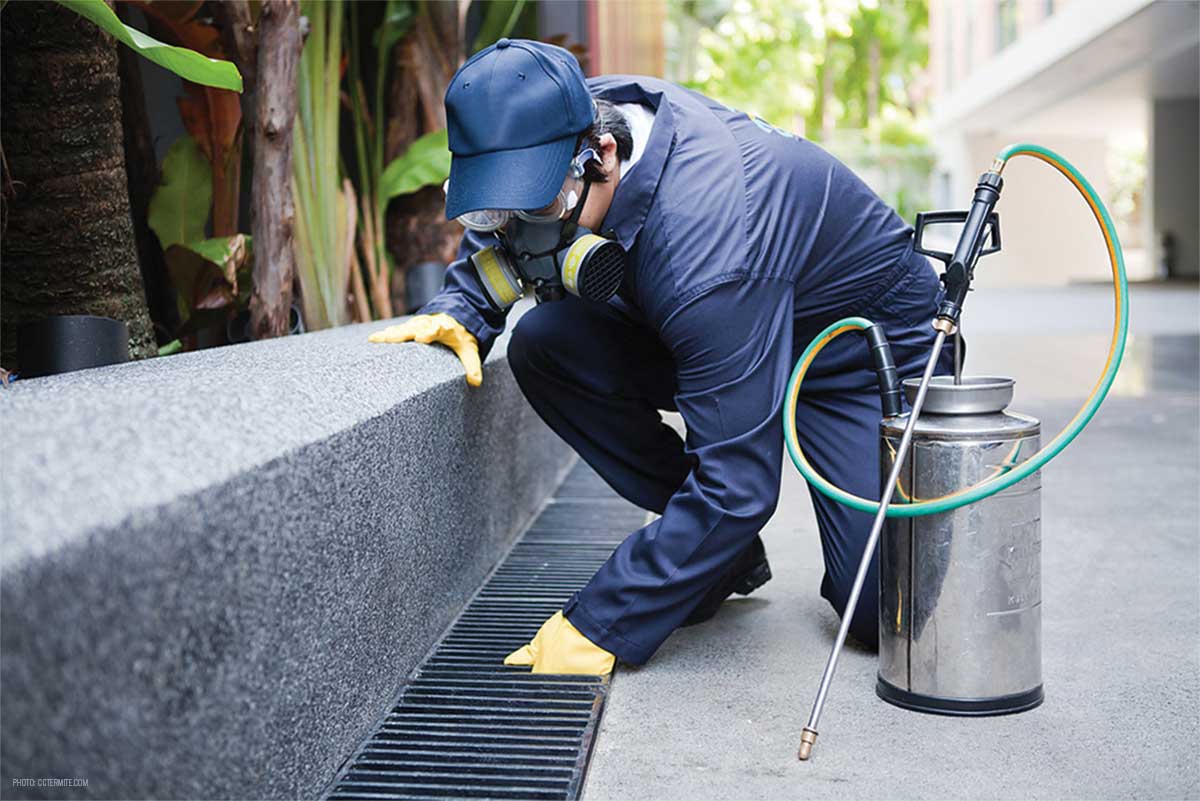Proven Bed Bug Heat Treatment: Eliminate Bed Bugs with Heat!
Proven Bed Bug Heat Treatment: Eliminate Bed Bugs with Heat!
Blog Article
Expert Pest Control Techniques for Long-Term Outcomes
Specialist pest control strategies envelop an extensive method that starts with a comprehensive assessment and assessment, complied with by specific bug identification to recognize their habits patterns. The execution of Integrated Pest Management (IPM) concepts, combined with eco-conscious therapies, forms the cornerstone of sustainable pest eradication.
Assessment and Analysis
Upon entering a building for bug control solutions, the initial action is a comprehensive evaluation and evaluation to recognize the level of the invasion and identify the most efficient treatment plan. Specialist insect control specialists are educated to diligently examine the facilities, searching for signs of pest activity such as droppings, gnaw marks, nests, or any type of structural damage. They will certainly likewise evaluate the conditions that might be bring in pests, such as food resources, water leakages, or entry factors.

Pest Recognition and Behavior

Moreover, recognizing the habits of the determined insect is key to implementing reliable control measures. Recognizing where parasites nest, what they feed on, and their task patterns can assist pest control experts design techniques to eradicate them effectively. Some parasites may be nocturnal, while others are much more energetic during the day. This understanding permits the application of treatments at optimum times for optimum effectiveness.
Integrated Insect Administration (IPM)
Integrated Insect Monitoring (IPM) techniques combine numerous strategies to control and protect against pest invasions in a lasting and eco friendly way. bed bug dog. By integrating methods such as biological control, environment adjustment, adjustment of cultural practices, and the usage of resistant ranges, IPM aims to decrease making use of chemical pesticides
One of the key concepts of IPM is the emphasis on avoidance. This proactive strategy entails tracking insect populations frequently to detect any type of possible issues before they intensify. By determining pest troubles at an early stage, pest control steps can be implemented promptly and successfully.
Additionally, IPM advertises using safe pest control techniques whenever feasible. This can include utilizing natural predators of the pests, presenting advantageous pests, or utilizing pheromones to disrupt breeding patterns. By minimizing dependence on chemical pesticides, IPM not just protects the environment yet also helps preserve a balance in the environment.
Environmentally-Friendly Treatments
Carrying out eco-conscious methods Extra resources in insect control treatments can properly address problems while focusing on environmental sustainability. Environmentally-friendly treatments concentrate on lessening the influence more info here of insect control methods on ecosystems, non-target microorganisms, and human health and wellness. These methods often involve the usage of all-natural predators, such as ladybugs or nematodes, to manage pest populations, decreasing the demand for chemical treatments. Furthermore, methods like habitat control, such as changing moisture levels or eliminating food resources, can help deter pests without using damaging compounds.
Another key facet of environmentally-friendly therapies is using natural and biodegradable products that damage down quickly without leaving hazardous residues in the setting. Botanical insecticides acquired from plants like chrysanthemums or neem provide reliable pest control while posturing minimal risk to non-target types. Moreover, utilizing techniques like warm therapies or pheromone catches can target certain insects with accuracy, decreasing the general environmental effect of insect control methods.
Continuous Monitoring and Maintenance
Constant surveillance and upkeep are important parts of reliable parasite control administration. Recurring surveillance plays an important function in ensuring that bug invasions are detected early and taken care of immediately. Normal assessments by qualified professionals are required to recognize any kind of indications of pest task, examine the effectiveness here of previous therapies, and make modifications to the insect control plan as required. By checking bug populaces gradually, bug control specialists can track fads, anticipate prospective problems, and implement preventative measures to lessen the risk of future invasions.
In addition to tracking, upkeep techniques are important for lasting parasite control success. This consists of applying correct hygiene measures to eliminate prospective food and water sources for insects, sealing entrance points to prevent insects from getting in the premises, and addressing any kind of structural concerns that could promote parasite infestations (bed bug heat treatment). By integrating continuous surveillance and maintenance into an integrated bug management approach, companies can make certain a pest-free environment and protect their property versus expensive damage and wellness risks
Conclusion
In conclusion, utilizing professional pest control techniques such as thorough evaluation and analysis, accurate pest recognition and understanding of their habits, incorporated insect administration approaches, environmentally-friendly treatments, and recurring surveillance and upkeep are important for achieving long-lasting results in insect control. By carrying out these methods, individuals can properly take care of parasite infestations and preserve a pest-free atmosphere in a lasting manner.
Report this page